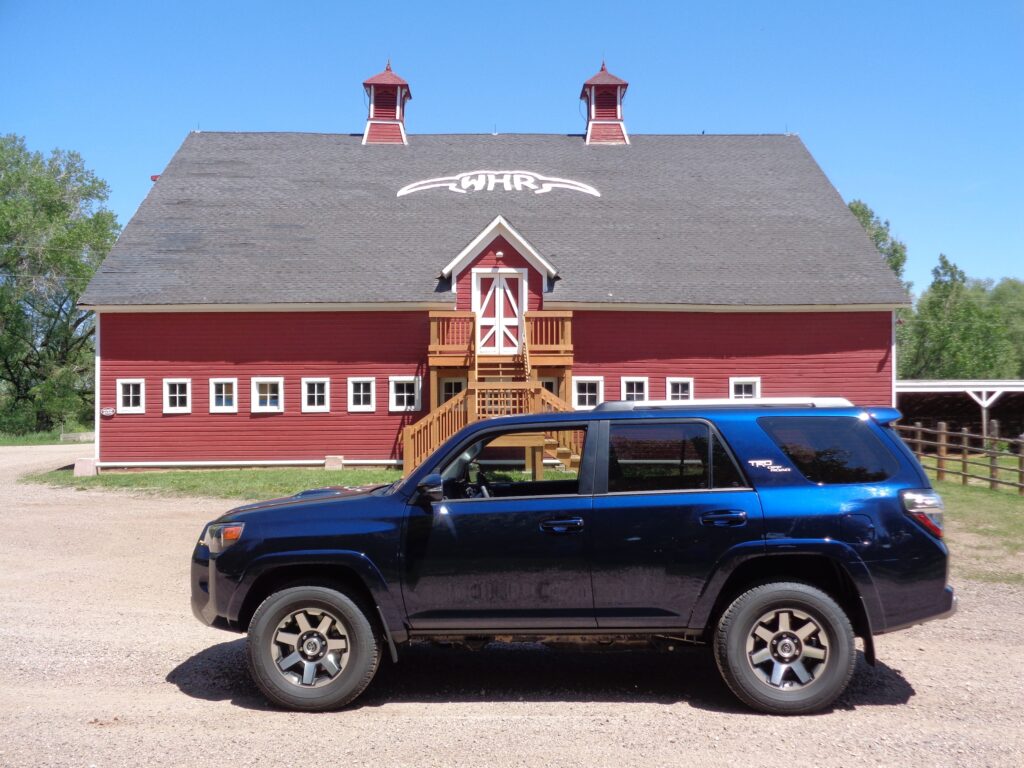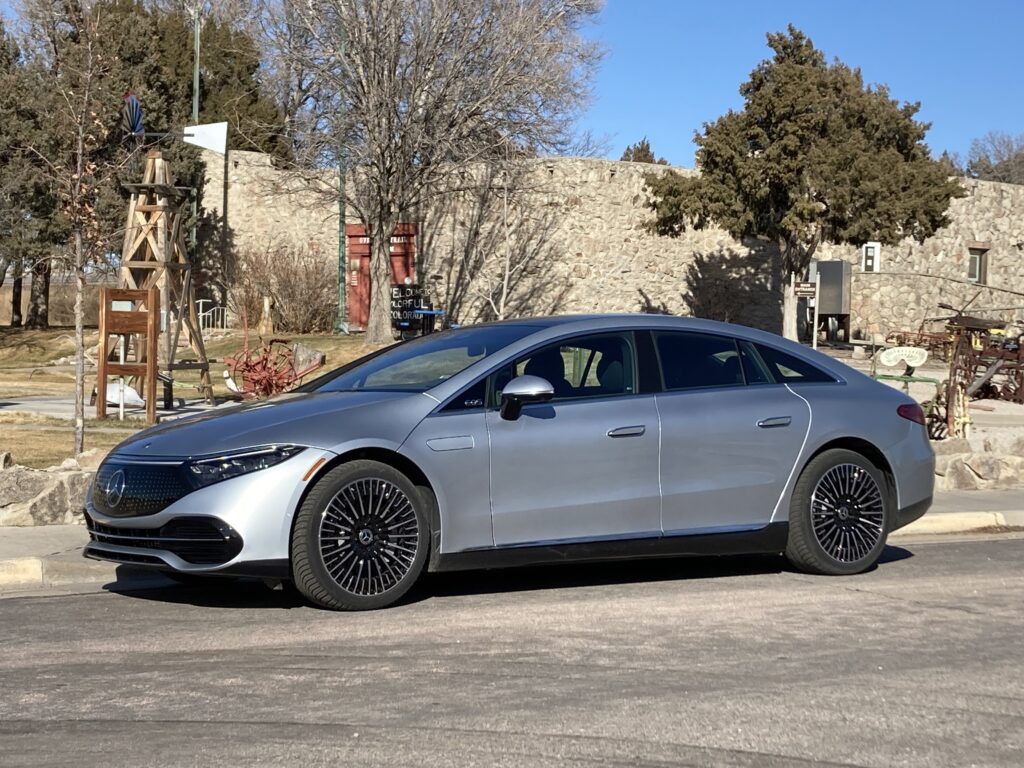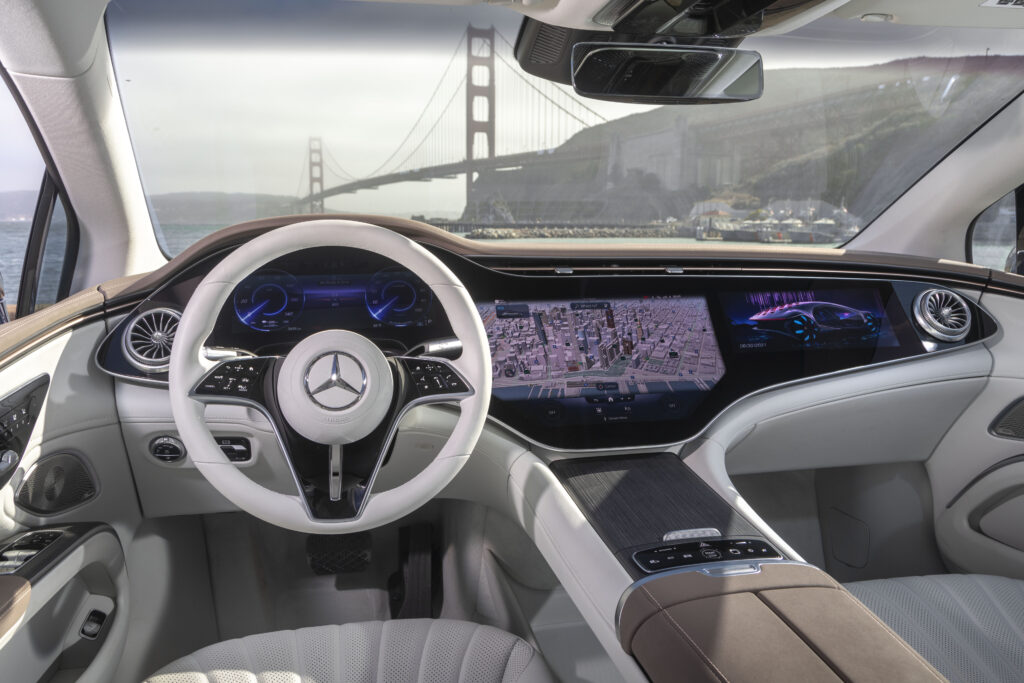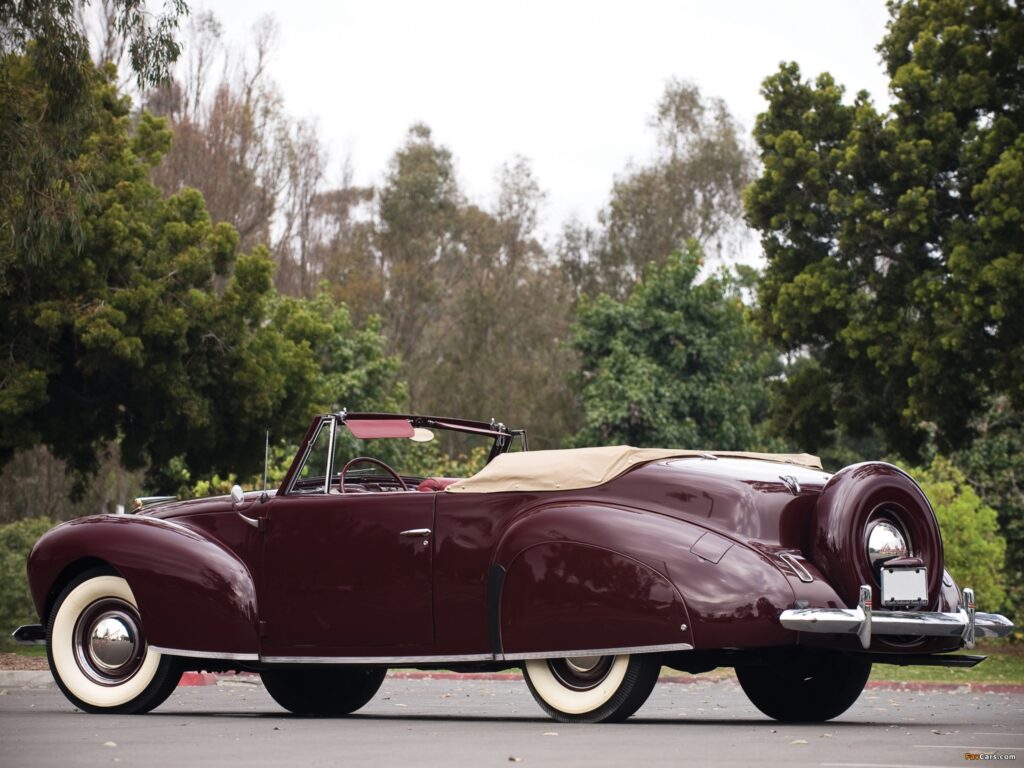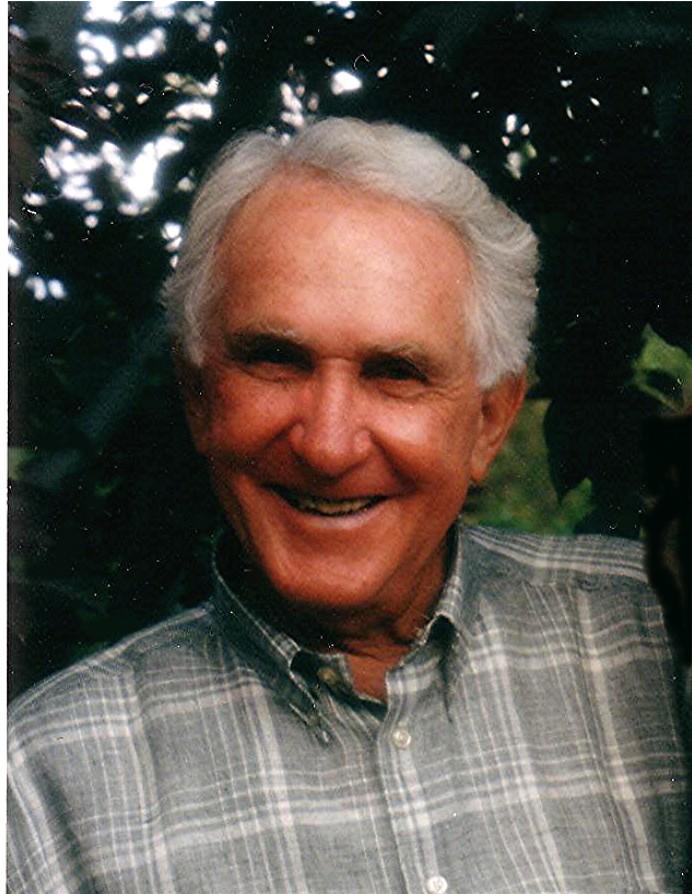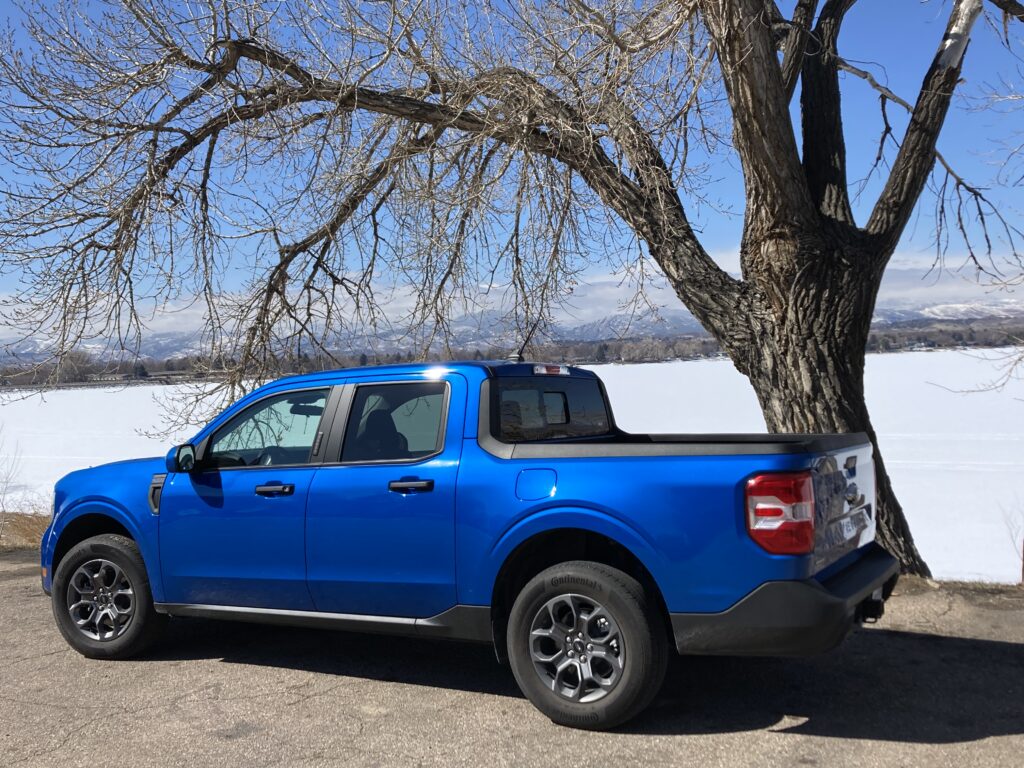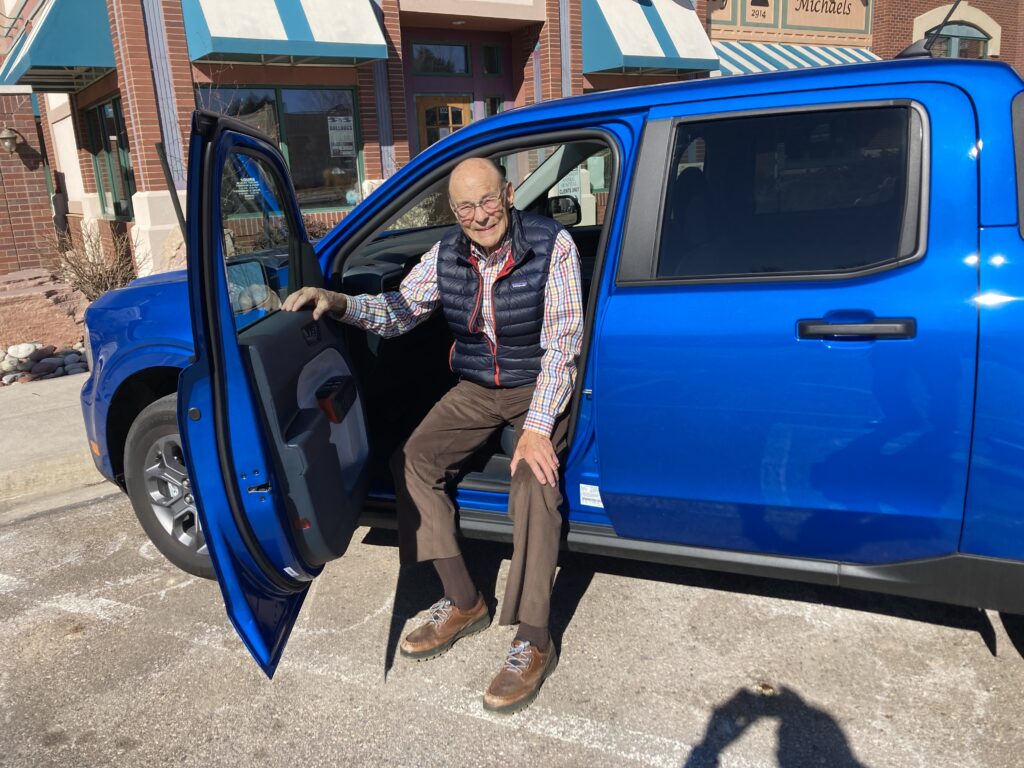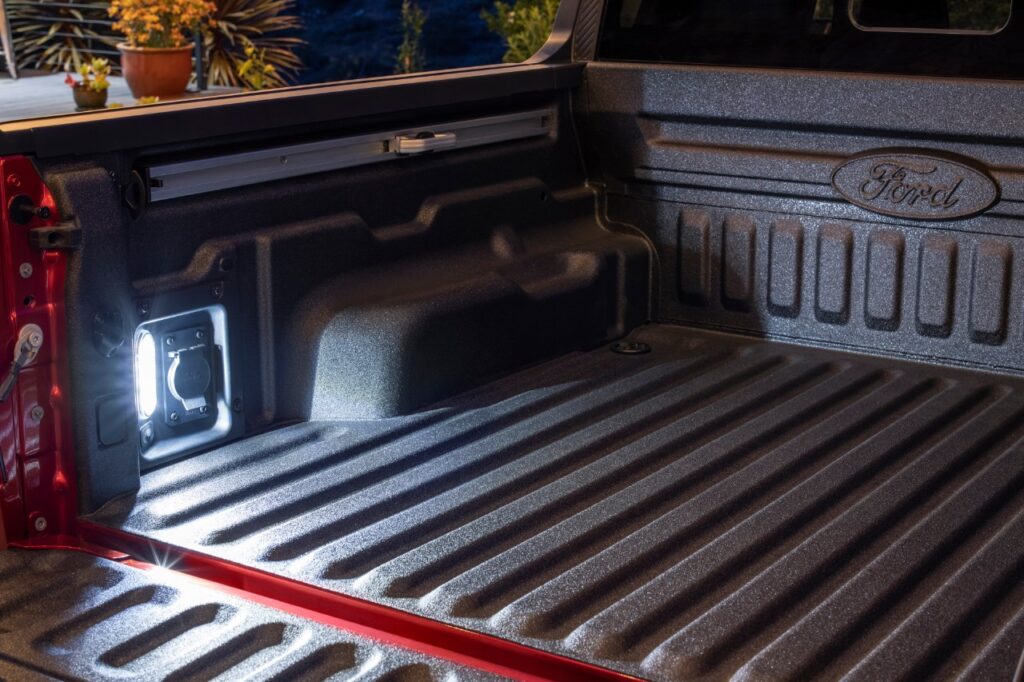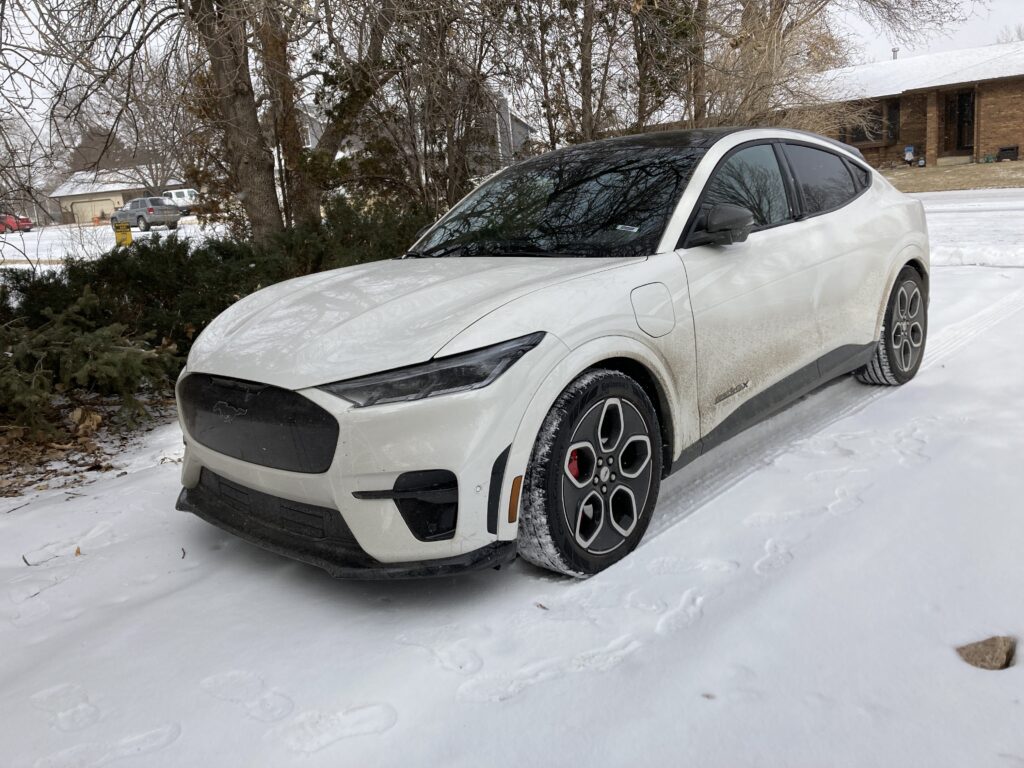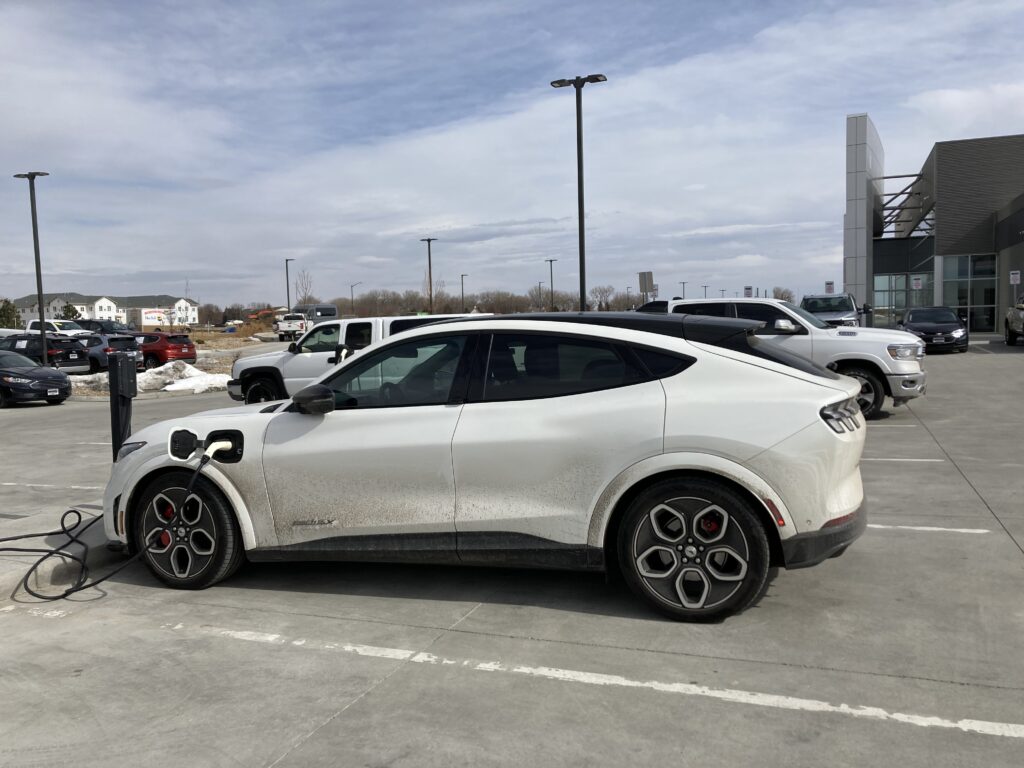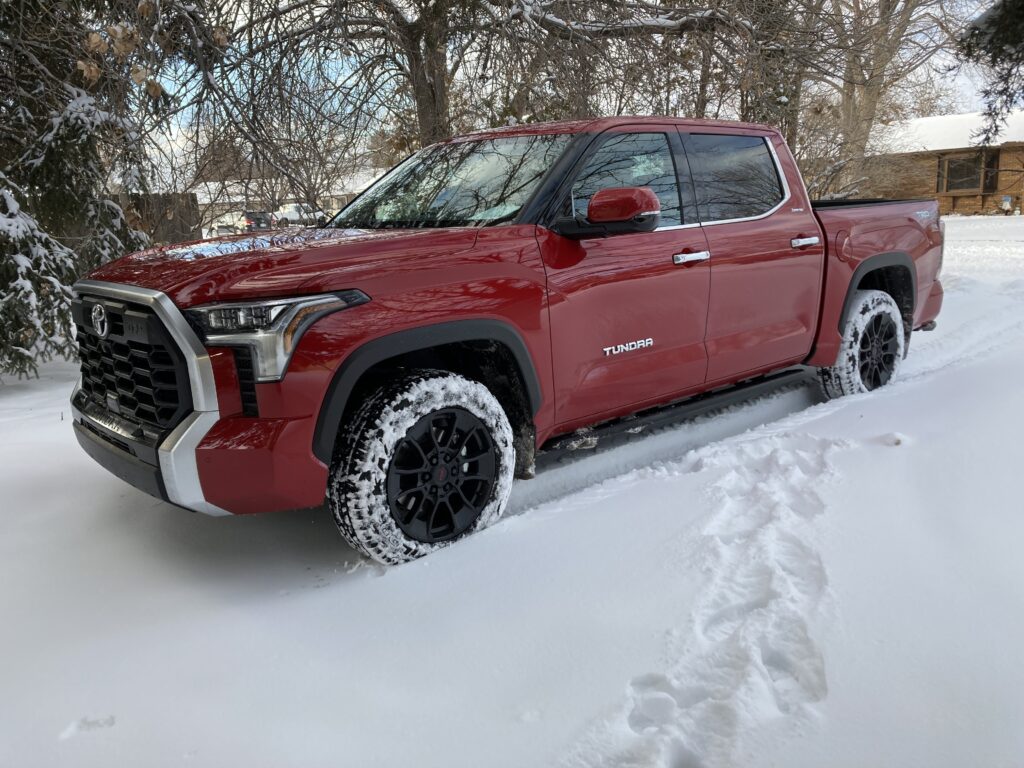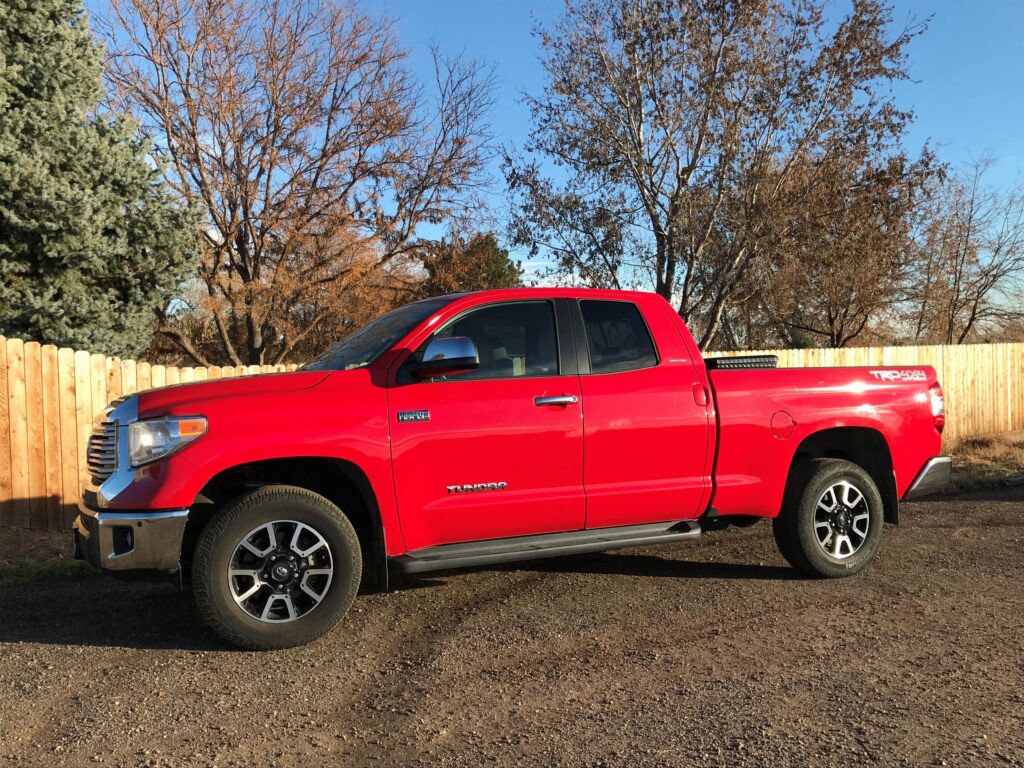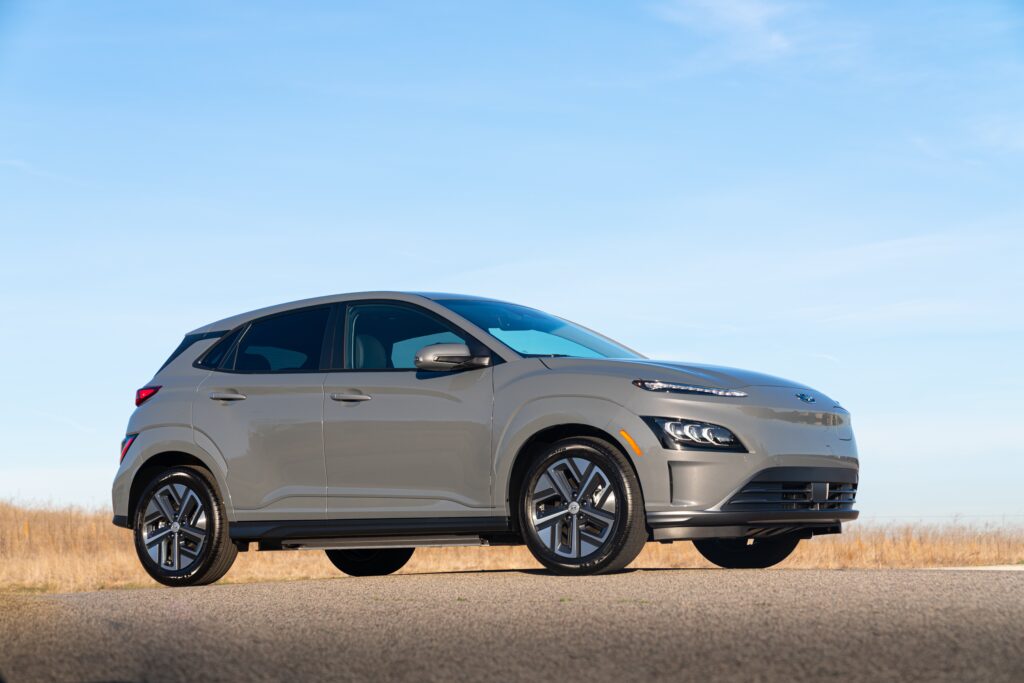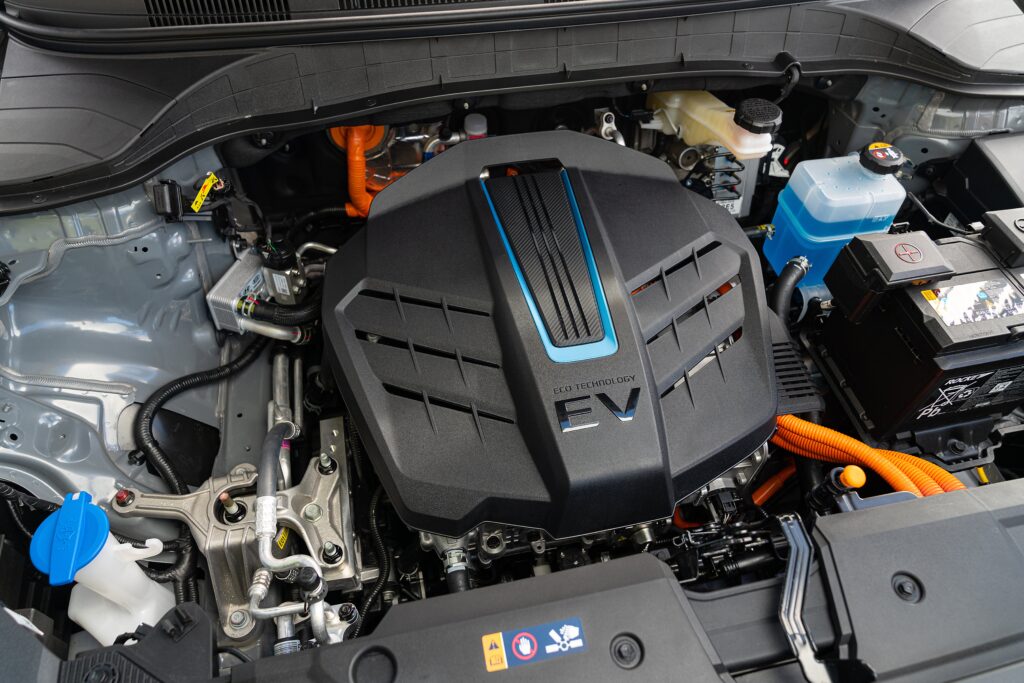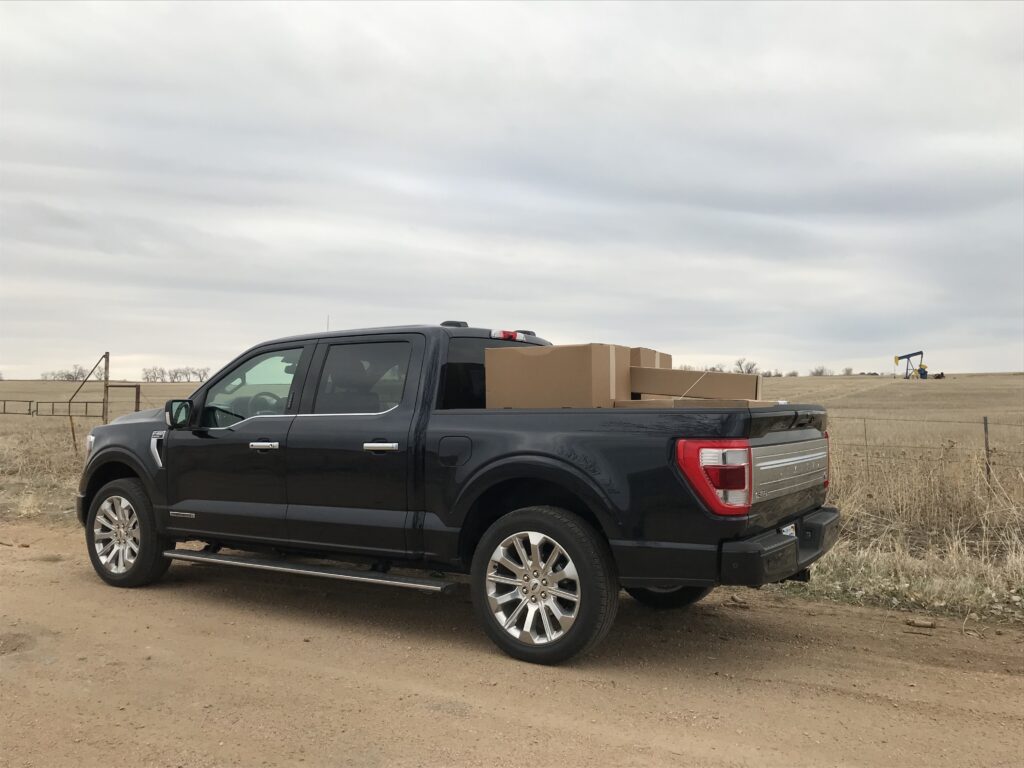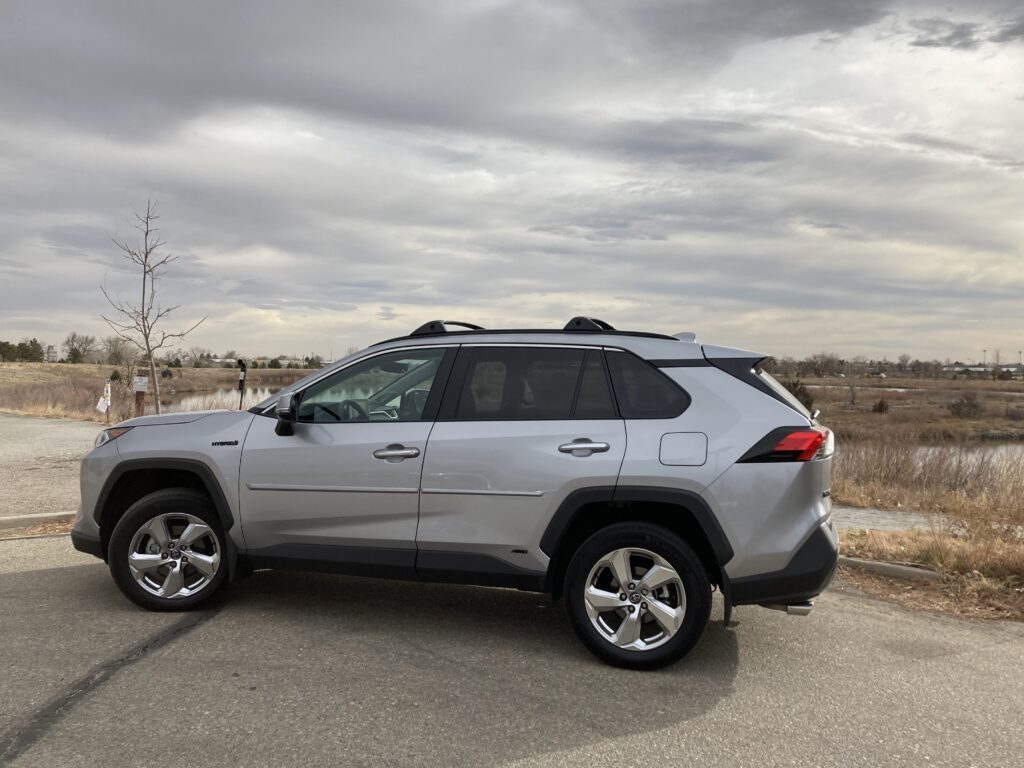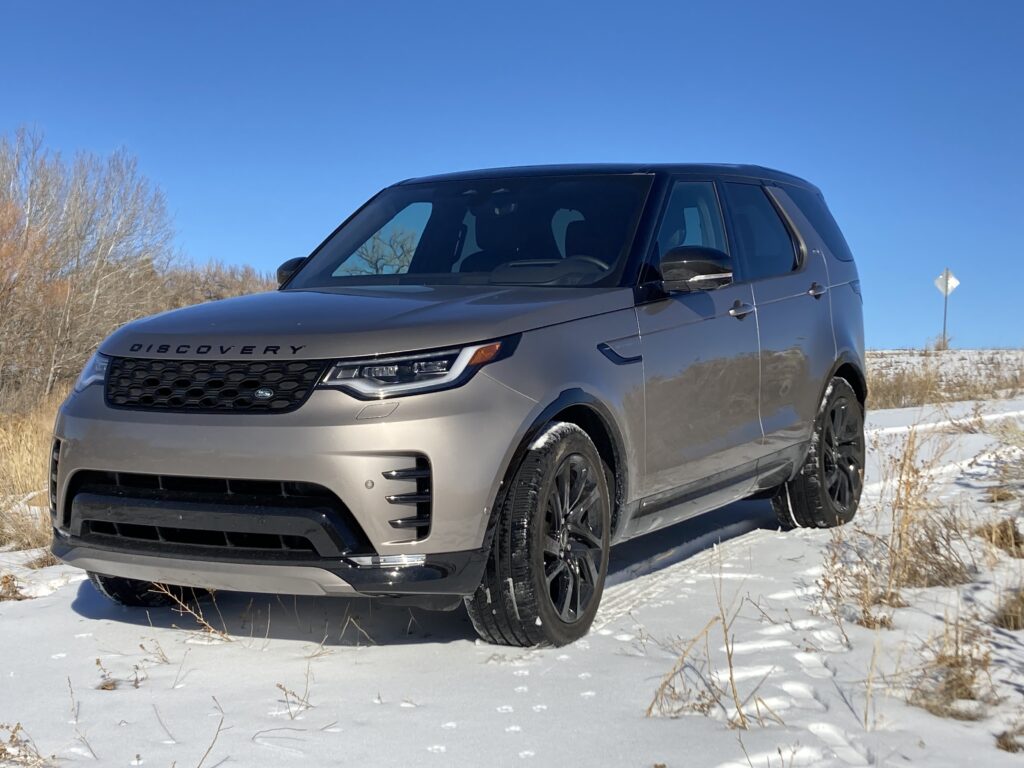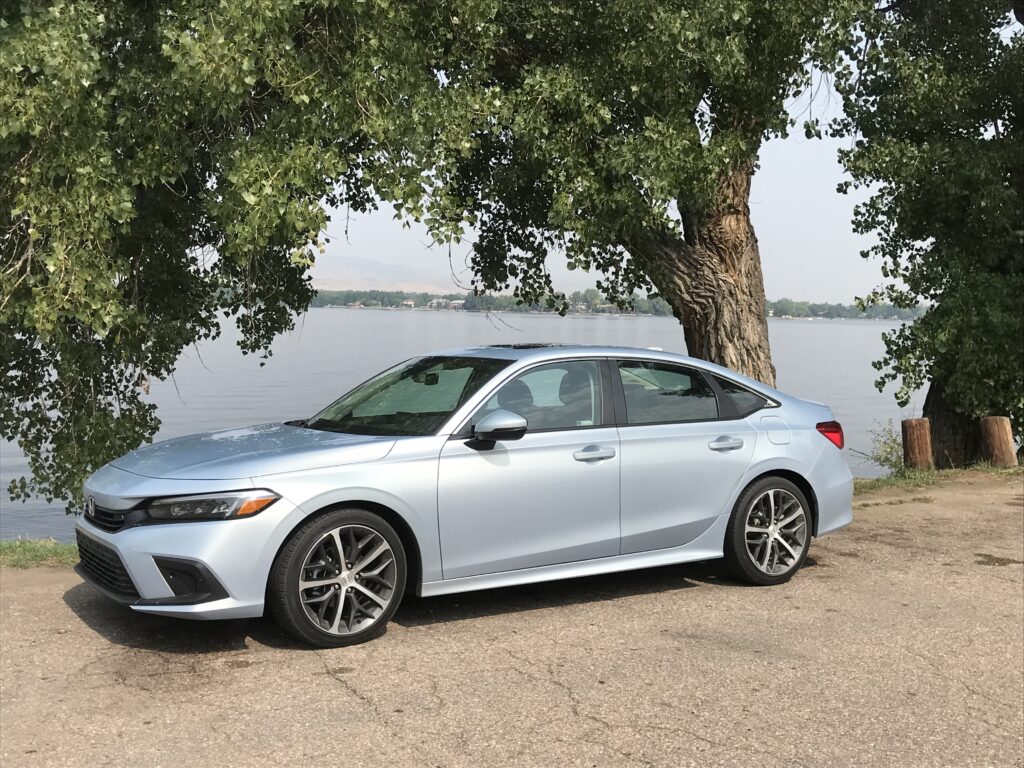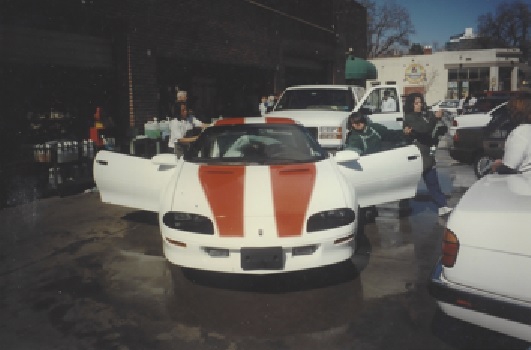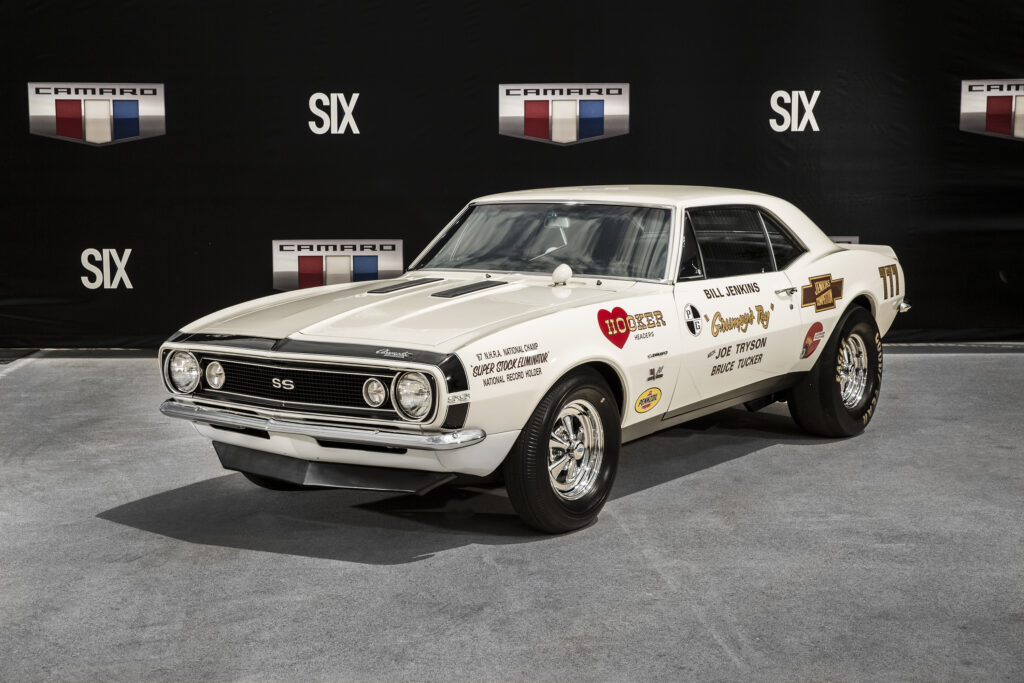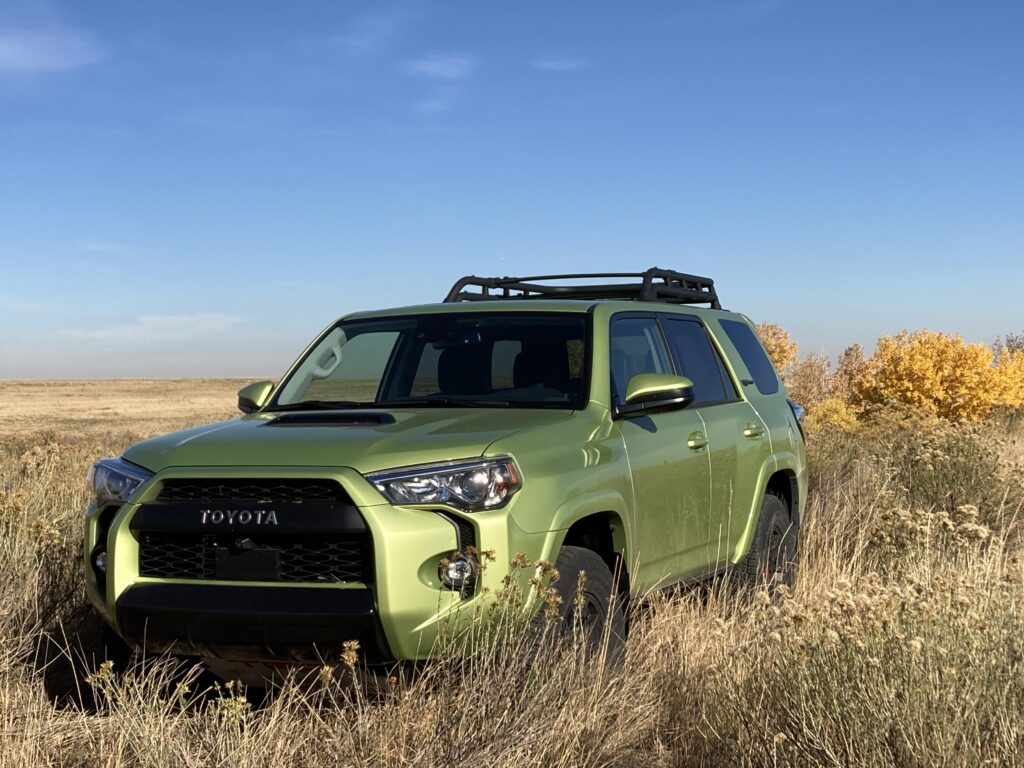
Stirring a measure of excitement into my routine some time back was the appearance of the 2022 Toyota 4Runner.
The interest came not from an upgrade to the Toyota’s old 5-speed automatic transmission or the aging jagged gate for its shifter. It has nothing to do with fuel mileage – still about 17 miles per gallon for the 4Runner.
It is “lime rush,” one of the brightest, most bold and distinctive exterior colors ever for a traditionally tough, body-on-frame sport utility vehicle.
It is exclusive to the ’22 Toyota 4Runner TRD Pro and lends new presence to the old standard, a longtime competitor of Jeep products. Offroad settings may become more luminous.
I’m remembering an outstanding photo of a blue 4Runner out front of the big red barn at the Wyoming Hereford Ranch near Cheyenne in 2017; what a contrast the lime green rush color would be with that background.
Responses from viewers of the 4Runner and its new color were generally positive, definitely so by younger individuals.
The ’22 4Runner is being offered in only three other hues – super white, midnight black metallic and magnetic gray metallic.
The Toyota is a great offroader with its part-time four-wheel drive, the low-range transfer case shifter on the console, locking rear differential and multi-terrain shift selector placed awkwardly on the overhead console. The two-row cabin is roomy, with 47.2 cubic feet of cargo space.
The heavy, 4,760-pounder is not particularly smooth in ride quality, somewhat bumpy, with its TRD-tuned Fox shocks and springs. Suited well to its size and weight are Nitto Terra Grappler 265/70R17 tires.
Moderate acceleration is provided by the 270-horsepower, 278 lb-ft. torque, 4.0-liter V-6 engine and the 5-speed automatic. This same powertrain has been used for more than 10 years. Most competitors have moved to 6-, 7-, 8- and 9-speed transmissions. The 4Runner’s EPA estimate is 16 city, 19 highway; my overall average was 17.4.
The 4Runner, built at Toyota plant Tahara, Aichi, Japan, is 190.2 inches in overall length on a wheelbase of 109.8 inches.
While its parts are often mentioned as old and aging, the pricepoint is where it remains modern. The ’22 TRD Pro carries sticker price of $53,435, with basic safety items precollision with pedestrian detection, cruise control, lane-departure alert and blind-spot monitor. Also standard are power sliding rear window, 8-inch touchscreen with navigation and JBL audio, Android Auto/Apple CarPlay compatibility and front skid plate. Beginning prices on 4Runner 4WD models are around $42,000.
The midsize 4Runner, in spite of its aging makeup, is fun to drive; the soundness of its body and its structural integrity are appreciated.
The 4Runner was introduced into the U.S. in 1984; it has been recognized as one of the most long-lasting of vehicles. It remains a strong seller for Toyota.
